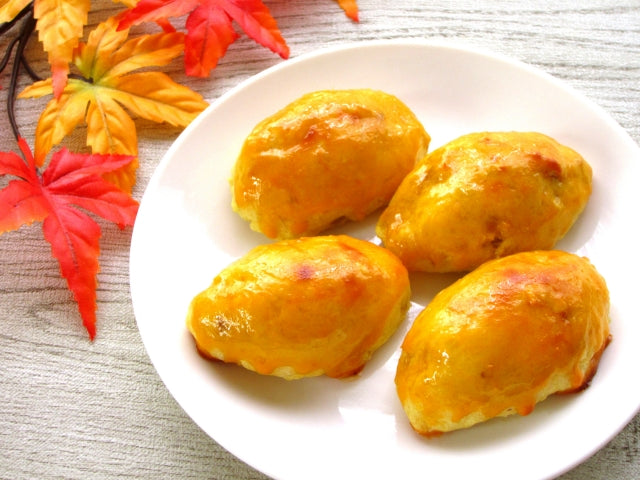
Seasonal Sweets in Japan: A Unique Cultural Experience
Share
Seasonal Sweets in Japan: A Unique Cultural Experience
Seasonal sweets hold a special place in Japanese culture. In Japan, where the four seasons are clearly defined, limited-edition sweets suitable for each season appear in succession and are very popular. For Arab readers, this world of seasonal Japanese sweets may be interesting.
Spring: Cherry Blossom Sweets
Spring means “sakura” (cherry blossoms). They are the Japanese symbol of spring, and their flavor and color are used in many sweets. Sakura mochi is one of the most famous examples, where sticky rice stuffed with sweet beans is wrapped in cherry blossom paper. The balance of mild saltiness and sweetness is perfect. Cherry blossom-flavored chocolates, cookies, and ice cream are also available during this season.
Summer: Refreshing Desserts
Japan's summers are hot and humid, so refreshing desserts are very popular. Kakigori (shaved ice) and mizuyukan (red bean jelly) are two prime examples. Kakigori come in a variety of flavors, including green tea, mango, and strawberry. Their cool, refreshing taste is a welcome relief from the summer heat.
Autumn: Savor the Gifts of Nature
Autumn is the "harvest season," with desserts made from chestnuts, sweet potatoes, and pumpkins making an appearance. Notable examples are "Kori Kinton" and "Sweet Potato." In particular, the "Mont Blanc" cake made from chestnuts is a very popular and luxurious dessert in Japan. "Tsukimi Dango" is also a traditional dessert to celebrate the autumn moon, and there is a culture of enjoying it while watching the moon.
Winter: A Warm Sweetness for the Heart
Winter is full of holidays like Christmas and New Year, and special sweets are sold for these occasions. At Christmas, the traditional choice is “shortcake,” a soft sponge cake covered with cream and strawberries. At New Year, there are “New Year’s sweets” like dry sweets that bring good luck and traditional “osechi” sweets.
Why are seasonal sweets important?
Japanese seasonal sweets are not just food, but a cultural element that allows us to enjoy the changing seasons and nature. They deeply touch people’s hearts because they allow us to feel the beauty of each season. For Arab readers, these special sweets that reflect the four seasons of Japan may be a means to a deeper understanding of Japanese culture.
Conclusion
Japanese seasonal sweets are characterized by their delicate flavors and beautiful appearance that reflects each season. Through them, you can feel the four seasons and get to know Japanese culture. We invite Arab readers to try Japanese seasonal sweets and enjoy the charm of each different season!
